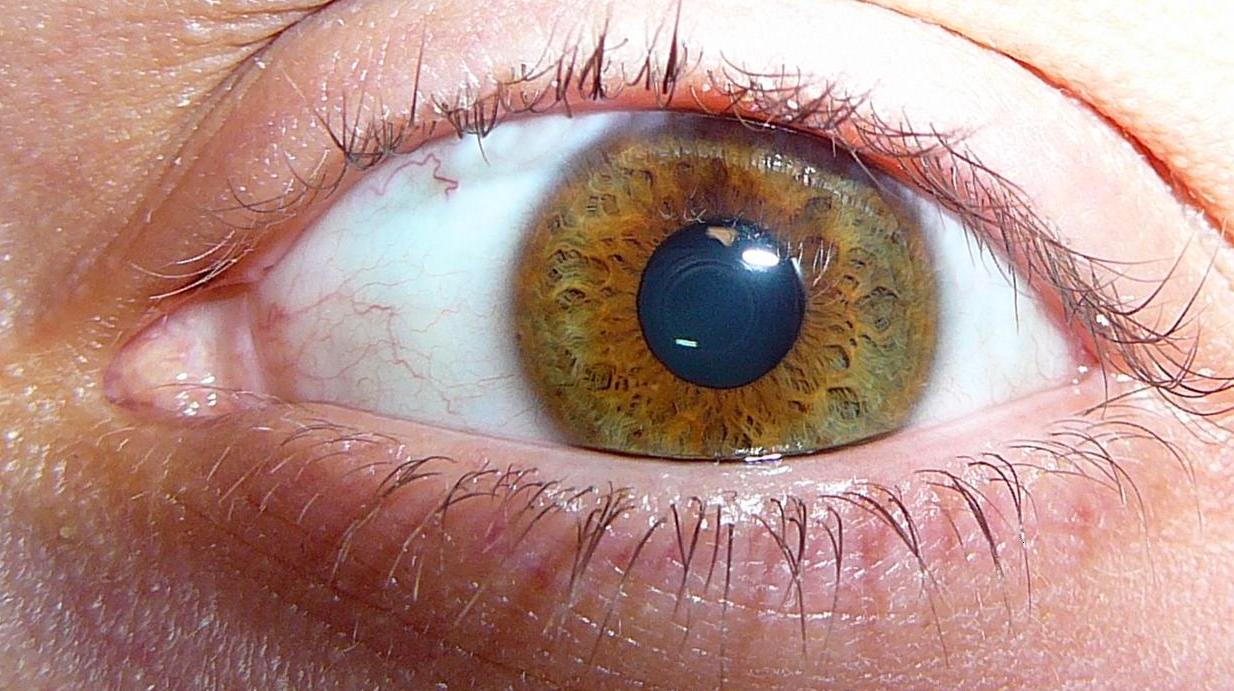The process used to find out if cancer has spread to other parts of the body is calledstaging. The information gathered from the staging process determines the stage of the disease. It is important to know the stage in order to plan treatment.
The following tests and procedures may be used in the staging process:



